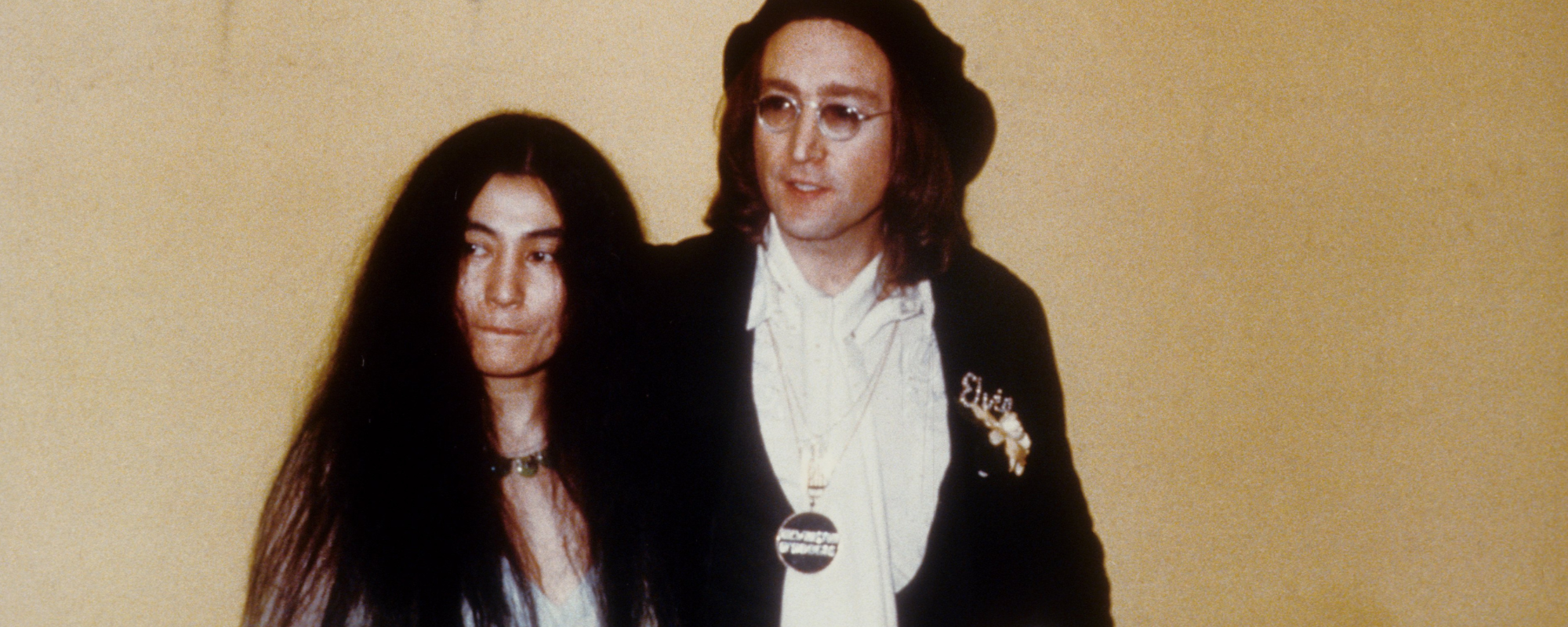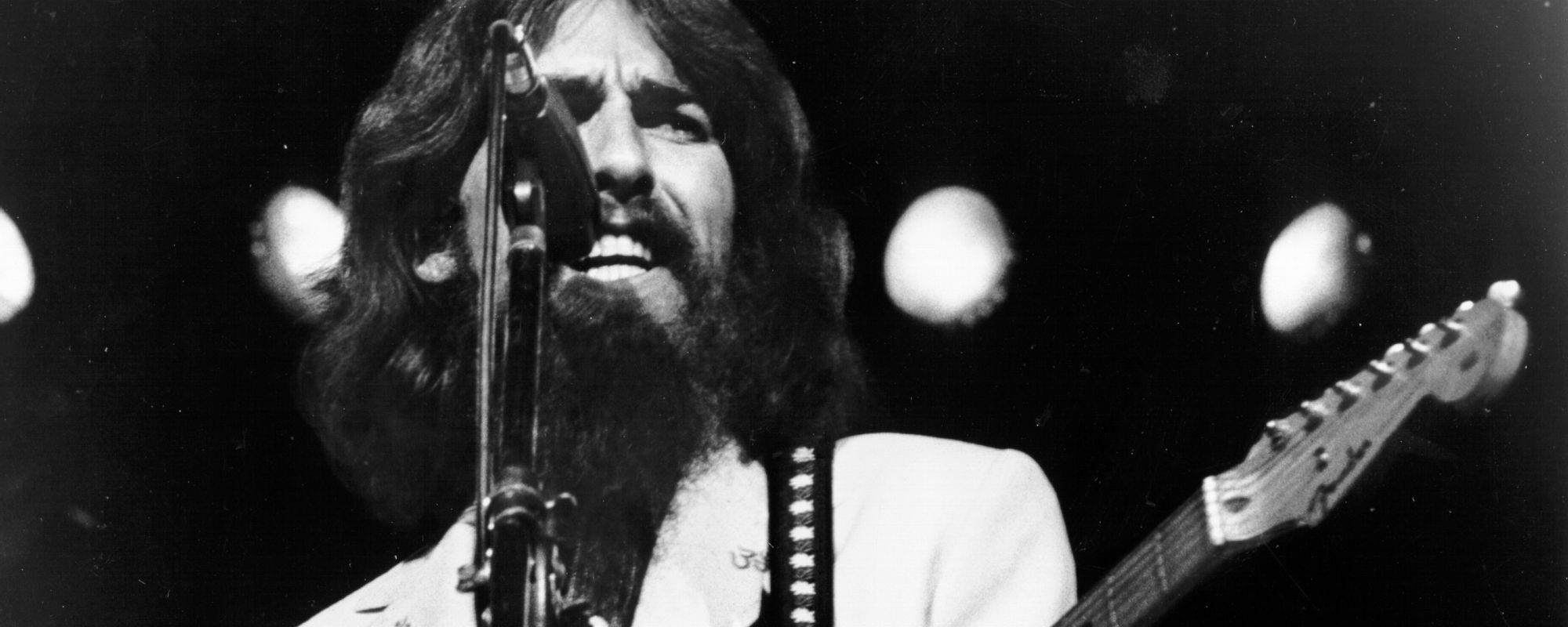Bruce Springsteen often hesitated during the long, protracted making of his album Born in the U.S.A., released 40 years ago this month. He wasn’t sure it was the record he wanted to make, in part because he knew it would likely require him to put himself out into the public eye in a way he’d never done before.
Videos by American Songwriter
Once he made that choice, however, he went for it with gusto. Born in the U.S.A. succeeded in historic fashion—it was the perfect album for its time, the one where the rest of the world caught up to what the Springsteen die-hards had long known. That the album even got made in the version we now know just might have been the biggest surprise of all.
The Long Road to Being “Born”
Following his 1980 album The River and its accompanying tour, Bruce Springsteen made a demo of a series of songs he wrote over a two-week span. The primitively made recordings captivated all who heard them. They were a far cry from Springsteen’s anthemic material, but rather hushed, stark, often harrowingly dark tales of lives in the balance.
His idea in 1982 was to record these songs with the E Street Band for his next album. But every time he attempted to do so, all those involved felt that the results paled in comparison with the simple power of the demos. Meanwhile, the ever-prolific Springsteen also brought in some newer, more lighthearted songs that fit well in a rocking setting. The band cut these tracks, including future Born in the U.S.A. stalwarts like “Working on the Highway,” “Darling County,” and “Glory Days.” In addition, the band juiced up a moody song from the demo with booming drums and chiming synthesizers, thus creating the version of the song “Born in the U.S.A.” that has become legend.
Aside from that one exception, however, Springsteen and company failed at every turn to satisfyingly electrify the songs from that original demo. Deciding he wanted those songs to be the focus, he set aside the newer tracks and, after some heavy technical lifting to get them into shape, released the demos as the album Nebraska.
Producer Jon Landau and other Springsteen associates thought The Boss would then set about recording more tracks like “Glory Days” and “Born in the U.S.A.” to complete a more traditional rock and roll album. But Springsteen instead came back with more songs in the Nebraska vein, songs which, while haunting, seemed woefully out of place with what was already in the can.
In addition, Landau kept pushing for the inclusion of pop-oriented songs like “Cover Me,” which Springsteen had intended to give away to Donna Summer. Springsteen did relent in one fashion when he started churning out more songs in keeping with the vibes of the spring ’82 sessions, including “Bobby Jean”—inspired by the departure of longtime E Street Band member Steven Van Zandt—and the unabashedly romantic “No Surrender.”
After much back and forth, a process that at one point included Springsteen having various friends rank the possibilities for inclusion on the album, he bowed somewhat to the advice of Landau to go in a more commercial direction. The icing on the cake was a last-minute request from Landau to write a song he felt was missing, one that gave audiences a snapshot of where Springsteen was as a person at that time. Initially frustrated with that request, Springsteen went home and came back with “Dancing in the Dark.” It completed Born in the U.S.A. and was chosen as the first single.
A Fresh Listen to a Classic
Born in the U.S.A. relied on the most modern recording and production techniques at the time and used synthesizers far more than Springsteen ever had in the past. But there’s nothing on the record that sounds dated. “Born in the U.S.A.,” the song where Roy Bittan’s synths come into play most prominently, works because the patriotic touches of the production is meant to balance out the harsh realities of the narrative. It’s as if Springsteen was saying he was OK with pride in the American heritage, as long as there was acknowledgement of the areas where the country has let its citizens down.
All the work on song selection paid off as well. The album is nothing if not well-balanced. Even when the characters are down on their luck, songs like “Glory Days,” “Darlington County,” and “I’m Goin’ Down” emit engagingly loose vibes. Contrast that to moodier fare like “My Hometown,” “I’m on Fire,” and “Downbound Train.”
The album’s tentpoles still sound just as masterly today as well. We talked about the title track above. “Dancing in the Dark” is an insightful portrait of an artist who has overlooked his personal life for far too long. “No Surrender” dares to believe in deliverance via rock and roll, while “Bobby Jean” tackles the strains time puts on friendships with an undeniably wistful pull.
Born in the U.S.A. gave Springsteen the hit singles he had long desired (so many, in fact, that he eventually wished it would cool down). But more than anything, it proved he could swing for the fences and not sacrifice any of the themes and values he’d been espousing all along. The superstardom it produced might have been bigger than even he could have imagined, and the album didn’t quite vanquish the personal demons hinted at in “Dancing in the Dark” and “I’m on Fire.” But considering the record has been the bedrock for the rock and roll revivals he’s been staging for 40 years since, it’s hard to imagine Bruce Springsteen regrets that initial decision to go all-in.
When you purchase through links on our site, we may earn an affiliate commission.
Photo by Michael Ochs Archives/Getty Images












Leave a Reply
Only members can comment. Become a member. Already a member? Log in.